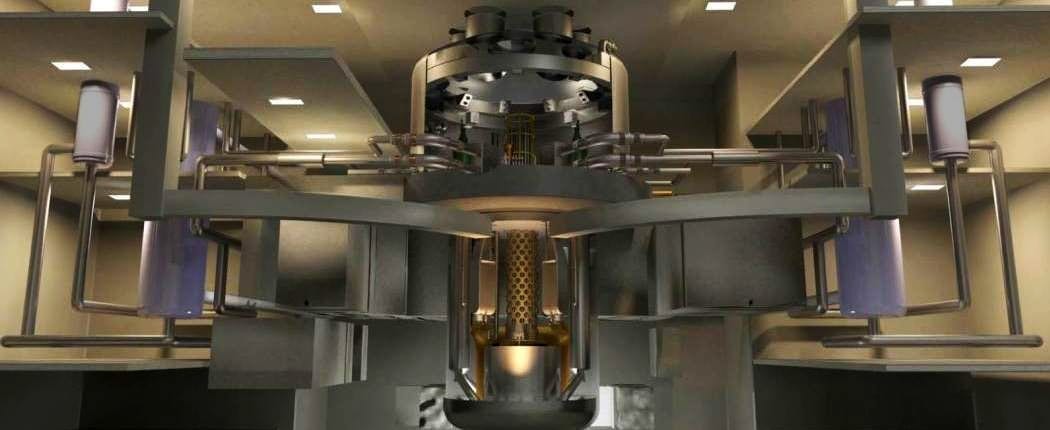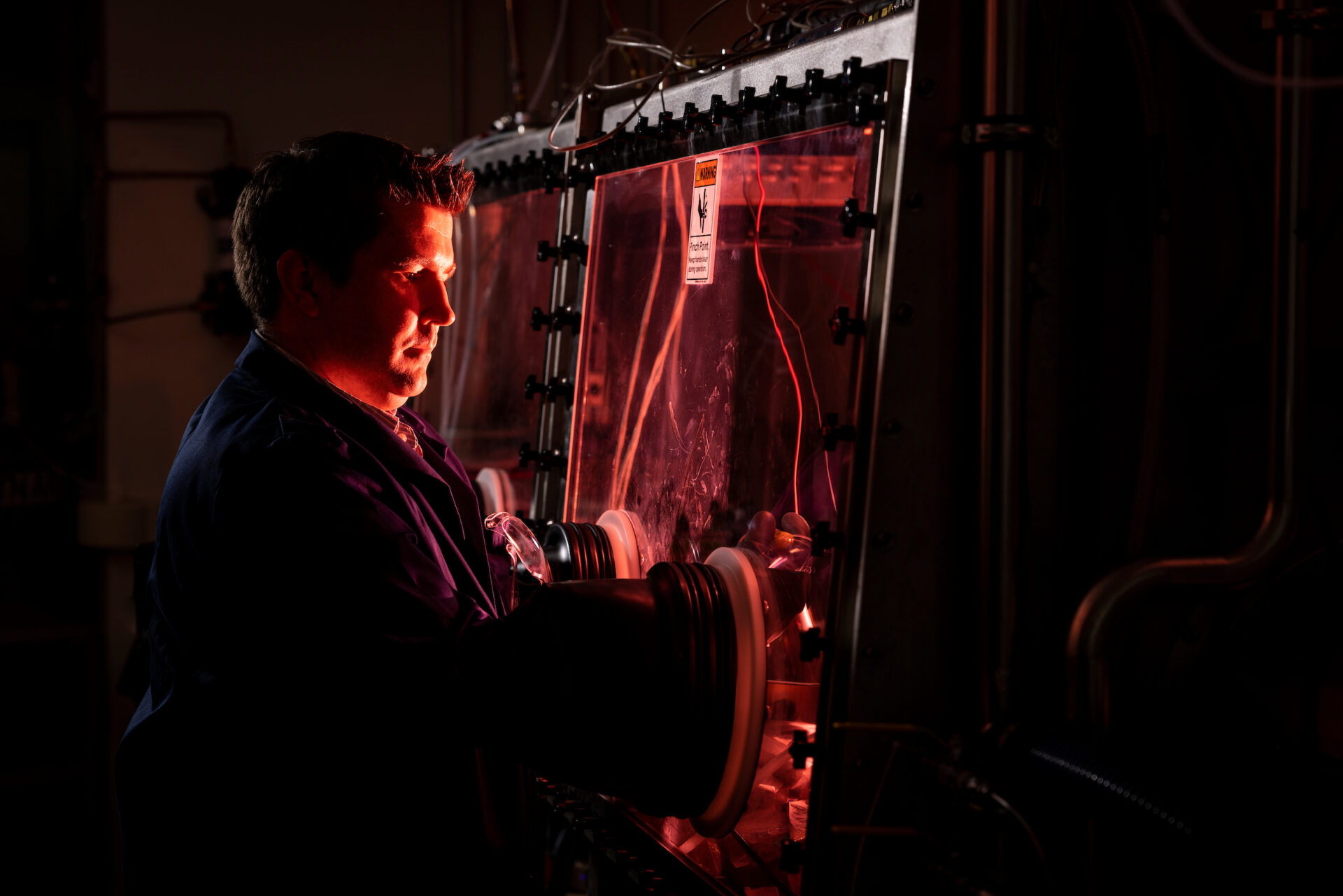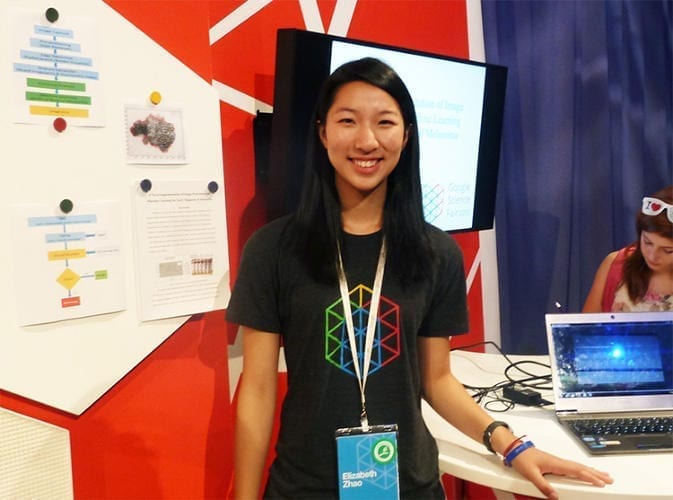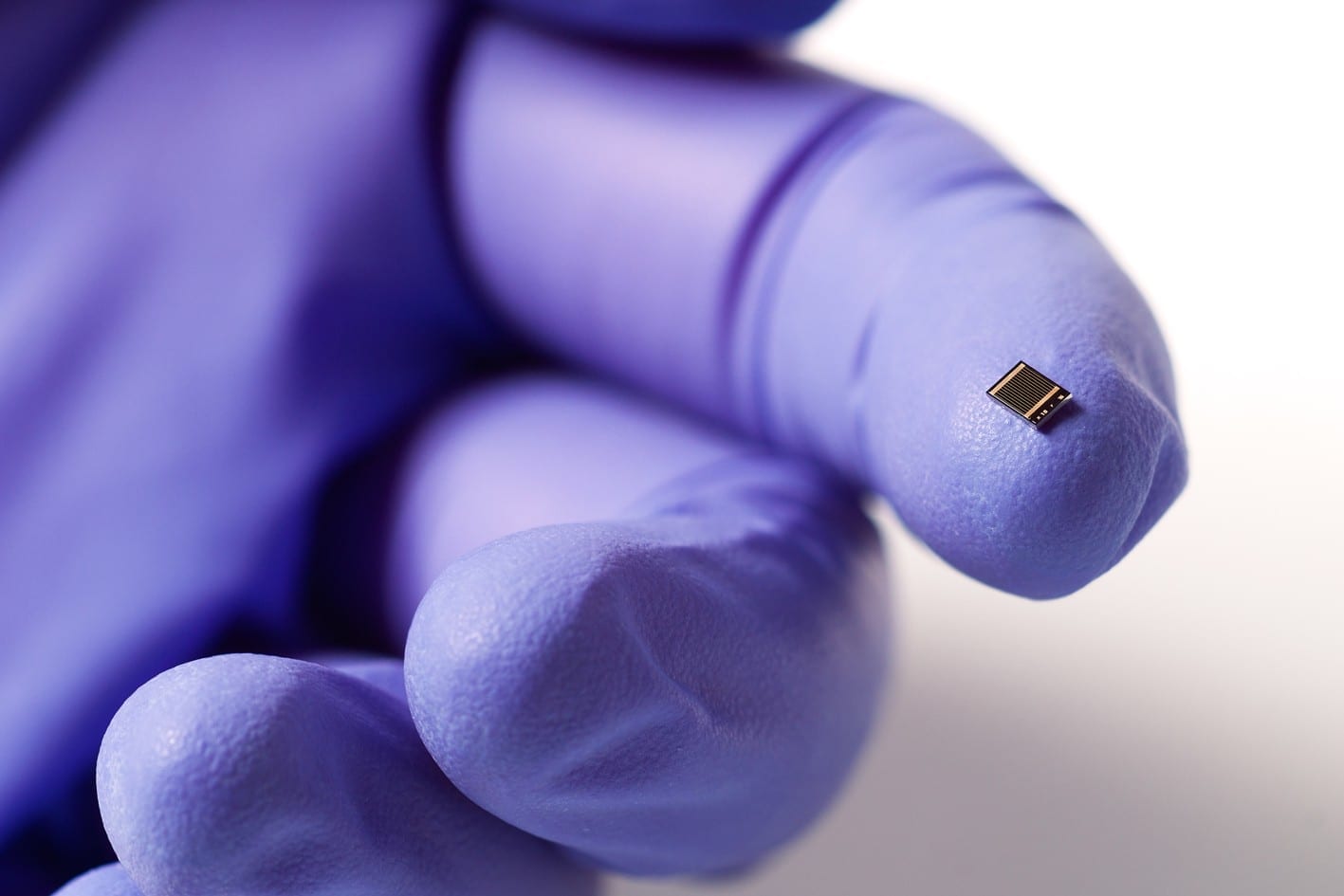
The quest is for a new kind of nuclear reactor that would be fueled by today’s nuclear waste
In a drab one-story building here, set between an indoor tennis club and a home appliance showroom, dozens of engineers, physicists and nuclear experts are chasing a radical dream of Bill Gates.
The quest is for a new kind of nuclear reactor that would be fueled by today’s nuclear waste, supply all the electricity in the United States for the next 800 years and, possibly, cut the risk of nuclear weapons proliferation around the world.
The people developing the reactor work for a start-up, TerraPower, led by Mr. Gates and a fellow Microsoft billionaire, Nathan Myhrvold. So far, it has raised tens of millions of dollars for the project, but building a prototype reactor could cost $5 billion — a reason Mr. Gates is looking for a home for the demonstration plant in rich and energy-hungry China.
(Mr. Gates, of course, has plenty of money of his own. This year Forbes listed him as the world’s second-richest person, with a net worth of $67 billion.)
“The hope is that we’ll find a country, with China being the most likely, that would be able to build the demo plant,” Mr. Gates said last year in a conversation with the energy expert Daniel Yergin. “If that happens, then the economics of this are quite a bit better than the plants we have today.”
Perhaps one of the most intriguing arguments supporters make about Mr. Gates’s reactor is that it could eliminate several routes to weapons proliferation. Iran, for example, says its nuclear program is for peaceful purposes, but it is enriching far more uranium than it needs for power generation. The United States has long said that Iran’s enrichment could lead to a nuclear bomb.
Today’s nuclear reactors run on concentrations of 3 to 5 percent uranium 235, an enriched fuel that leaves behind a pure, mostly natural waste, uranium 238. (A uranium bomb runs on more than 90 percent uranium 235.) In today’s reactors, some uranium 238 is converted to plutonium that is used as a small, supplemental fuel, but most of the plutonium is left behind as waste.
In contrast, the TerraPower reactor makes more plutonium from the uranium 238 for use as fuel, and so would run almost entirely on uranium 238. It would need only a small amount of uranium 235, which would function like lighter fluid getting a charcoal barbecue started.
The result, TerraPower’s supporters hope, is that countries would not need to enrich uranium in the quantities they do now, undercutting arguments that they have to have vast stores on hand for a civilian program. TerraPower’s concept would also blunt the logic behind a second route to a bomb: recovering plutonium from spent reactor fuel, which is how most nuclear weapons are built. Since so much uranium 238 is available, there would be no reason to use that plutonium, TerraPower says.
Countries that do not have nuclear weapons will still need lots of electricity, said John Gilleland, chief executive of TerraPower, and “we would like to see them build something that allows us to sleep at night.”
The Latest Bing News on:
Nuclear reactor
- US Needs 200 New Nuclear Reactorson May 2, 2024 at 7:36 am
The US currently has 54 nuclear power plants operating. These plants house 93 operating commercial nuclear reactors across
- Wyoming-Based Earth Work Solutions To Begin Work On $10M Nuclear Reactor Projecton May 1, 2024 at 9:48 am
The CEO of Wyoming-based Earth Work Solutions in Gillette confirmed with Cowboy State Daily on Wednesday that it has a $10 million contract to begin excavation work on the nation’s first small nuclear power plant,
- NNSA collaborates with Japan, Korea on research reactorson May 1, 2024 at 7:55 am
The US Department of Energy's National Nuclear Security Administration (NNSA) has signed bilateral agreements with Japan and South Korea to cooperate in optimising the nuclear non-proliferation features of their respective research reactor models aimed at export markets.
- Princeton’s new pinhole-camera-like tool promises better nuclear fusionon May 1, 2024 at 6:03 am
A new diagnostic tool developed by researchers at the Princeton Plasma Physics Laboratory (PPPL) aims to increase the heat of nuclear fusion reactions and the overall power output. Dubbed ALPACA, the instrument measures the light emitted by the halo of neutral atoms surrounding plasma in tokamak reactors.
- Long time coming: JEA starts getting Plant Vogtle electricity from both reactorson April 29, 2024 at 10:29 am
JEA's long wait for getting electricity from both new nuclear reactors at Plant Vogtle finally ended Monday when the second unit started commercial operation. The expensive electricity from Plant Vogtle in Georgia will help JEA reach its goal of getting 35 ...
The Latest Google Headlines on:
Nuclear reactor
[google_news title=”” keyword=”nuclear reactor” num_posts=”10″ blurb_length=”0″ show_thumb=”left”]
The Latest Bing News on:
Nuclear waste
- Editorial | Hanford site nuclear deal is hopeful development. But will it work this time?on May 2, 2024 at 10:00 pm
All Americans benefited from the nuclear material processing that occurred there during ... vitrification of the 56 million gallons of radioactive and hazardous tank waste was legally required to be ...
- Residents express nuclear waste concernson May 2, 2024 at 12:10 pm
The Chronicle-Journal spoke to people who turned out at Waverley Park on Tuesday in support of the First Nations Land Defence Alliance rally against the transport and storage of nuclear waste in the ...
- Nevada GOP Senate hopeful backed Yucca nuclear waste siteon May 2, 2024 at 3:39 am
Democrats seized on the hot-button issue, accusing Republican Sam Brown of wanting to turn Nevada into the "nation’s dumping ground for toxic waste." ...
- An Ontario farm town will vote in October on whether it wants to house Canada's largest nuclear waste dumpon May 2, 2024 at 1:20 am
The Municipality of South Bruce, a collection of Ontario farm towns about a 40-minute drive from Canada's largest nuclear power plant, has set the table for an historic vote on whether it will host a ...
- Brown: Failure to bring nuke waste to state an ‘incredible loss of revenue’on May 1, 2024 at 3:31 pm
The Los Angeles Times on Tuesday published audio of previously unreported remarks Brown made during a 2022 campaign event in Henderson, where Brown said not allowing nuclear waste in Nevada ...
- Brown: Failure to bring nuclear waste to NV is ‘incredible loss of revenue for our state’on May 1, 2024 at 10:55 am
The Los Angeles Times on Tuesday published audio of previously unreported remarks Sam Brown made during a 2022 campaign event in Henderson.
- South Bruce Council unanimously approves nuclear waste hosting agreementon May 1, 2024 at 9:40 am
On Wednesday, councillors with the Municipality of South Bruce voted on a nuclear waste hosting agreement that could change the course of their community forever.
- Nevada can’t abide a senator who wants state to be nuclear waste dumpon April 30, 2024 at 5:00 pm
Brown is seeking to replace incumbent U.S. Sen. Jacky Rosen. Wednesday, May 1, 2024 | 2 a.m. The federal government’s cavalier attitude toward the safe disposal of high-level nuclear waste created the ...
- Hanford’s new plan to clean up 56 million gallons of nuclear wasteon April 30, 2024 at 4:58 am
State and federal officials revealed a new roadmap for neutralizing the Western Hemisphere’s most polluted site via a technique known as grouting.
- Nuclear waste storage at Yucca Mountain could roil Nevada U.S. Senate raceon April 30, 2024 at 3:00 am
Opposition to storing nuclear waste at Yucca Mountain has united Nevadans across political lines — until now. A Senate candidate has spoken favorably about the idea.
The Latest Google Headlines on:
Nuclear waste
[google_news title=”” keyword=”nuclear waste” num_posts=”10″ blurb_length=”0″ show_thumb=”left”]










